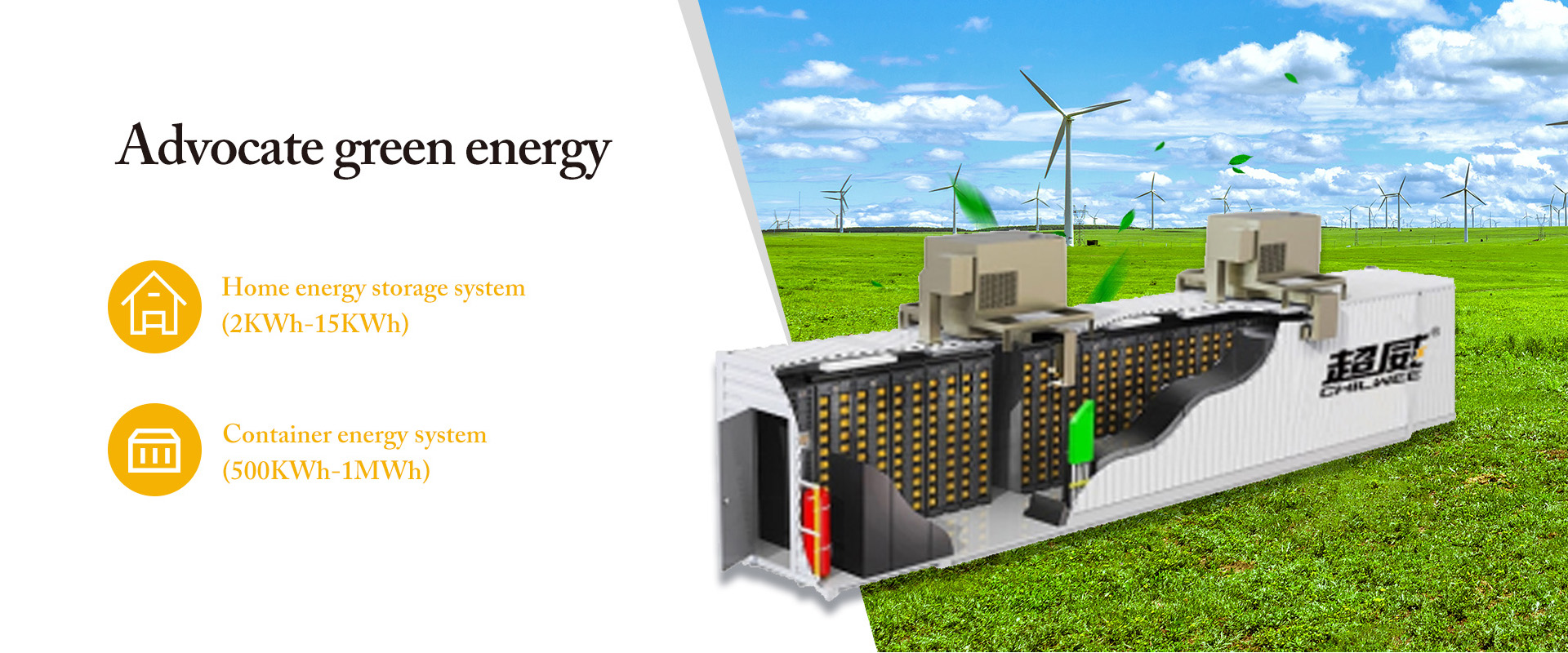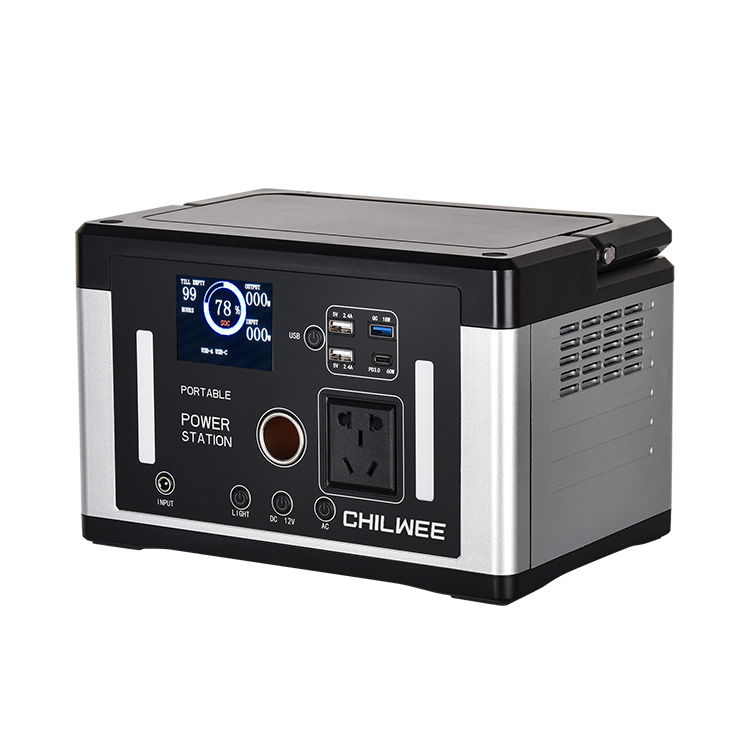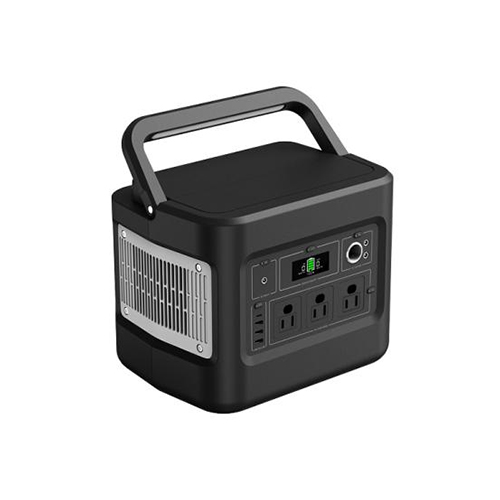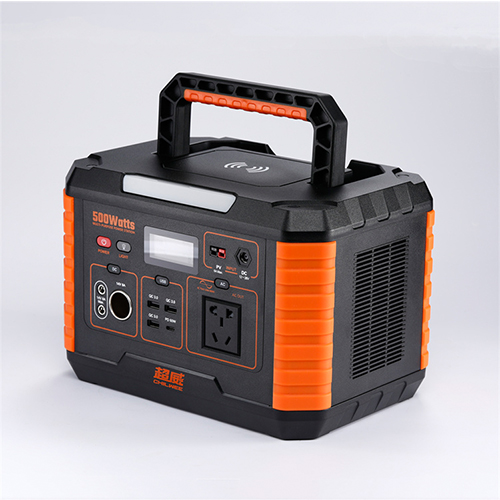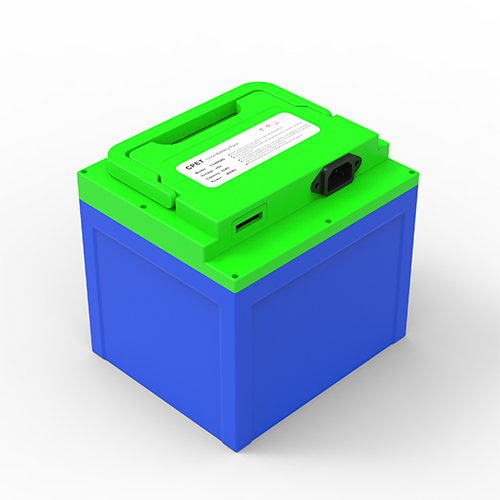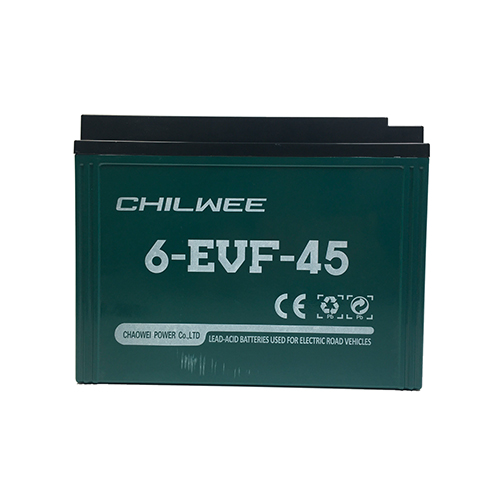1. Plate
The plate is the core of the battery. In the charging and discharging process, the conversion of electrical and chemical energy depends on the chemical reaction between the active substance on the plate and the sulfuric acid in the electrolyte.
The plate consists of a gate and an active material. Positive film thickness is 2.2mm, negative film thickness is 1.8mm.
The grid is made of lead-antimony alloy. Antimony carrier is intended to improve mechanical strength and casting performance, but antimony has side effects, will accelerate hydrogen precipitation, accelerate electrolyte consumption, leading to self-discharge and gate corrosion.
The active substance is the working substance on the plate. The active substance on the positive electrode is lead dioxide (PbO2), which is dark brown; the active material on the negative electrode is spongy pure lead (PB) and dark grey.
The electromotive force of about 2.1 can be obtained by immerging the positive and negative electrodes in the electrolyte. In order to increase the capacity of the battery, several positive and negative plates can be connected in parallel, and the positive and negative plates are welded into a group of positive and negative plates with horizontal plates. The positive and negative poles are interlaced with each other, and the partition board is inserted in the middle, and then installed in the battery to form a battery. In every cell, the negative plate is always greater than the positive plate. Because the active material on the positive plate is loose, and on the positive plate of the chemical reaction chemical reaction is more severe than on the negative plate, before and after the reaction of active material volume change is very big, so will the positive powder between the negative plate, can make the both sides of the uniform discharge, thereby reducing the shedding of positive plate warping and active substances.
2. The Diaphragm
The function of the separator is to make positive and negative plates as close as possible without short circuit, reduce the volume of the battery, prevent plate deformation and active substances off.
Diaphragm is made of microporous plastic, porous to facilitate electrolyte penetration, with good acid resistance, oxidation resistance. The area of the baffle plate is slightly larger than that of the plate, and one side is provided with a longitudinal groove. Considering the severe chemical reaction of the positive plate in the charging and discharging process and the large electrolyte flux, the side of the separator with groove should face the positive plate, and the groove should be perpendicular to the bottom of the shell. The groove can not only make the electrolyte flow up and down, but also make the bubble rise along the groove, also can make the active substance down along the groove.
3. The Electrolyte
The role of electrolyte is to form ionization, promote the dissolution of plate active substances, and produce a reversible electrochemical reaction. It is composed of chemically pure sulfuric acid with a relative density of 1.84 and a certain proportion of distilled water. The lowest air temperature (31G/cm2-1.24) should be selected according to local requirements.
The purity of electrolyte is an important factor affecting the electric performance and service life of battery. Therefore, hGB1008-59 grade special sulfuric acid and distilled water should be used. Industrial sulfuric acid and general water contain iron, copper and other harmful impurities increase self-discharge and plate damage, so cannot be used in batteries.
4. The Battery Shell
The housing is used to hold the electrolyte and the plate set together to make the battery a whole. The shell material is hard rubber and plastic. The shell is an integral structure. The inner shell is divided by partitions into three or six unconnected single units with rib support panels at the bottom. The gap between the ribs can accumulate active material from the plate to avoid short-circuiting between the positive and negative poles. Each cell has a filler hole in the middle of the cover, which can be used to check the liquid level and measure the relative density of the electrolyte. The filling hole is usually screwed together with the filling hole. The ventilation of the filling hole cover center should be smooth. The battery's chemical reaction releases gases that can escape at any time. A protective plate is arranged on the upper part of the plate group to prevent damage to the upper part of the plate group when measuring the relative density and liquid level of the electrolyte or adding electrolyte. The gap between the small cover and the shell is sealed with sealant to ensure no overflow at 65℃ and no cracking at -30 ℃.
Plastic shell adopts integral cover, heat sealing between cover and shell.
5. Common Terms
The function of the connecting strip is to connect a single lead acid battery in series to improve the end voltage of the whole lead acid battery. Common battery connectors are also made of lead-antimony alloy. The connecting part of the hard rubber shell battery is located above the small cover of the battery. The plastic case battery uses a wall-through connection.
6. The Terminal
There are three types of terminals welded on the horizontal plate of the head and tail plate of a common lead-acid battery: conical, L-shaped, and side hole. For easy differentiation, the positive pole is marked with "+" or "P" on or next to it, and the negative pole with "-" or "N". Some battery terminals are painted red.
 English
English  Esperanto
Esperanto  Català
Català  icelandic
icelandic  Kreyòl ayisyen
Kreyòl ayisyen  Shqiptar
Shqiptar  lugha ya Kiswahili
lugha ya Kiswahili  አማርኛ
አማርኛ  ជនជាតិខ្មែរ
ជនជាតិខ្មែរ  Монгол хэл
Монгол хэл  Somali
Somali  O'zbek
O'zbek  Español
Español  Português
Português  русский
русский  français
français  日本語
日本語  Deutsch
Deutsch  Tiếng Việt
Tiếng Việt  Italiano
Italiano  Nederlands
Nederlands  ไทย
ไทย  Polski
Polski  한국어
한국어  Svenska
Svenska  magyar
magyar  Malay
Malay  বাংলা
বাংলা  Dansk
Dansk  Suomi
Suomi  हिन्दी
हिन्दी  Pilipino
Pilipino  Türk
Türk  Gaeilge
Gaeilge  عربى
عربى  Indonesia
Indonesia  norsk
norsk  اردو
اردو  čeština
čeština  Ελληνικά
Ελληνικά  Українська
Українська  فارسی
فارسی  नेपाली
नेपाली  Burmese
Burmese  български
български  ລາວ
ລາວ  Latine
Latine  Қазақ
Қазақ  Lietuvos
Lietuvos  Română
Română 



